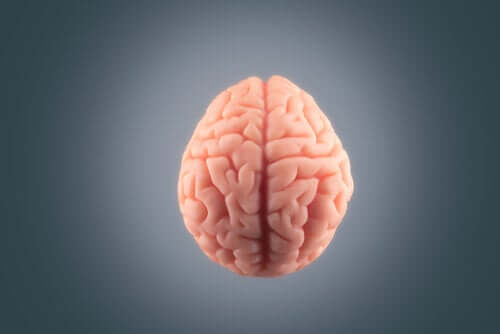One of the great mysteries of humanity is what happens to the brain before death. Although scientists around the world have tried to find the answer, the conclusions about what happens to our brains when we die are still unclear.
In 2018, scientists from the University of Charity in Berlin (Germany) and the University of Cincinnati (Ohio, USA) tried to find the answer to this question. They did this trying to figure out what happens to the brain when its energy runs out and it stops receiving blood.
- They recorded electrode bands in patients who had suffered a devastating form of brain injury.
- Such as a stroke.
With this they have obtained results that serve not only to clarify strokes, but also to provide a fundamental vision on the neurobiology of death.
The brain is the body’s most vulnerable organ to hypoxia and ischemia. Hypoxia refers to the lack of oxygen in the blood that the specific organ receives.
Meanwhile, ischemia is defined as stopping or reducing blood flow through the arteries of a given area, causing cell failure due to lack of oxygen in the affected part of the body.
The brain cells most vulnerable to hypoxia and ischemia are
When blood flow to the brain is interrupted, an irreversible injury to these neurons develops in less than ten minutes, which occurs, for example, after a cardiorespiratory stop.
Until Jens Dreier’s study, we only had hypotheses of studies with electroencephalogram (EEG), some of the notions that have been taken into account about these human studies are:
Researchers in this study analyzed what happened in patients’ physiopathology during brutal hypoxia-ischemia when survival treatments were discontinued.
Patients underwent neuromonitoring with intracranial electrodes during intensive treatment. They had suffered:
Neuromonitoring was performed during the death process following the execution of a non-resuscitation prescription.
In patients with acute brain injury, experience has shown that persistent states of electrical silence in the cortex are, in many cases, induced by prolonged depolarization.
Prolonged depolarization is a nearly complete wave of depolarization of neural cells and cilia along with a vasoconstriction and vascular dilation response. This occurs in:
There is a propagation pattern by which prolonged depolarization can invade tissue, apparently this depolarization is only evident with neuromonitoring using neuroimaging techniques.
In conclusion, scientists were able to determine that the human brain responds to acute cerebral ischemia with a specific pathological pattern, certain types of neurons try to prevent the brain from dying by creating electrical imbalances between them.
When the brain stops receiving oxygen by interrupting blood reception, neurons attempt to accumulate the remaining resources. Depopulated depression occurs followed by prolonged depolarization, also known as a “brain tsunami. “
In short, prolonged depolarization marks the onset of toxic cell changes that lead to death, however, it is not a death marker as such, as this depolarization can be reversed.
Much remains to be studied on this subject, so more research will be needed in the future.

